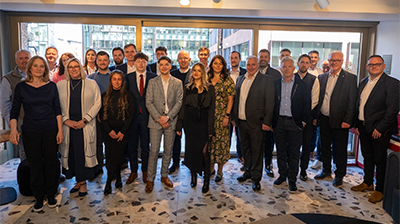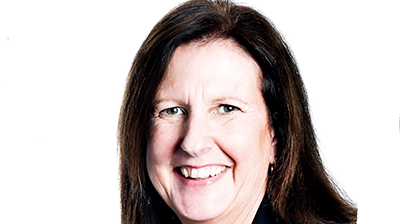
The movement toward open architecture software systems is accelerating in equipment finance.
Companies increasingly prefer open architecture platforms when evaluating systems for planned upgrades or building their own software.
The trend has become more evident in recent interactions with equipment lessors and software vendors.
One reason why: equipment finance companies are recognising that different organisations within the business have slightly unique needs. Open architecture makes it easier to accommodate those differences.
John Rizzi, managing director and leader of Alta’s digital business advisory practice, says open architecture gives companies the flexibility to purchase core systems that more easily connect with third-party software or their own code for expanded functionality.
Similarly, lessors that create their own systems are favouring open architecture so they can add modules from system providers or specialty software.
He explains: “When evaluating or building systems, more companies are thinking about how easily this will integrate with a specialty product” data-driven strategies are another reason why.
Open architecture makes it easier to tap into emerging technologies that extract and analyse data.
John Hurt, a director with Alta’s digital business advisory practice, says organizations realise they have valuable information stored in documents – unstructured data – that their current systems cannot access.
Software applications developed with artificial intelligence and machine learning will be able to access and analyse unstructured data to better identify trends.
Resulting improvements in data analytics should benefit residual value realisation, underwriting and other aspects of the leasing business, he notes.
When discussing equipment finance technology trends, it is also important to note how information technology (IT) talent has become more dispersed throughout the business.
Rizzi foresees there will always be a need for dedicated IT departments. But technology specialists are also being embedded in critical business functions, he notes.
Conversely, business experts are being integrated into the IT department. Traditional divisions between technology and business talent within equipment finance companies are dissolving.
Resist Modification Mania
One trend does not seem to be changing fast enough. Most equipment finance businesses still begin the task of system selection by doing a needs assessment and creating a lengthy laundry list of capabilities that the new system must have. It’s a costly mistake, Rizzi says.
The problem with the needs assessment is that most people describe capabilities they already know.
They have trouble thinking abstractly and are unfamiliar with the full range of functionality available with off-the-shelf systems today.
Companies typically then request that vendors make extensive modifications to their systems or end up buying more modules than they really need.
Rizzi instead advises companies to begin by looking at their business processes and narrowing down the software options based on this.
Test the latest version of the software thoroughly and understand its capabilities before making a decision, he explains.
“Then do the best you can to have your organisation adopt the selected system in its native form,” adds Hurt. “Empower IT to challenge the status quo if needed.
“It’s easier, more efficient and less expensive for your company to work with the native system and have the vendor make as few modifications as possible.”
* This article first appeared in the Alta Group blog.






